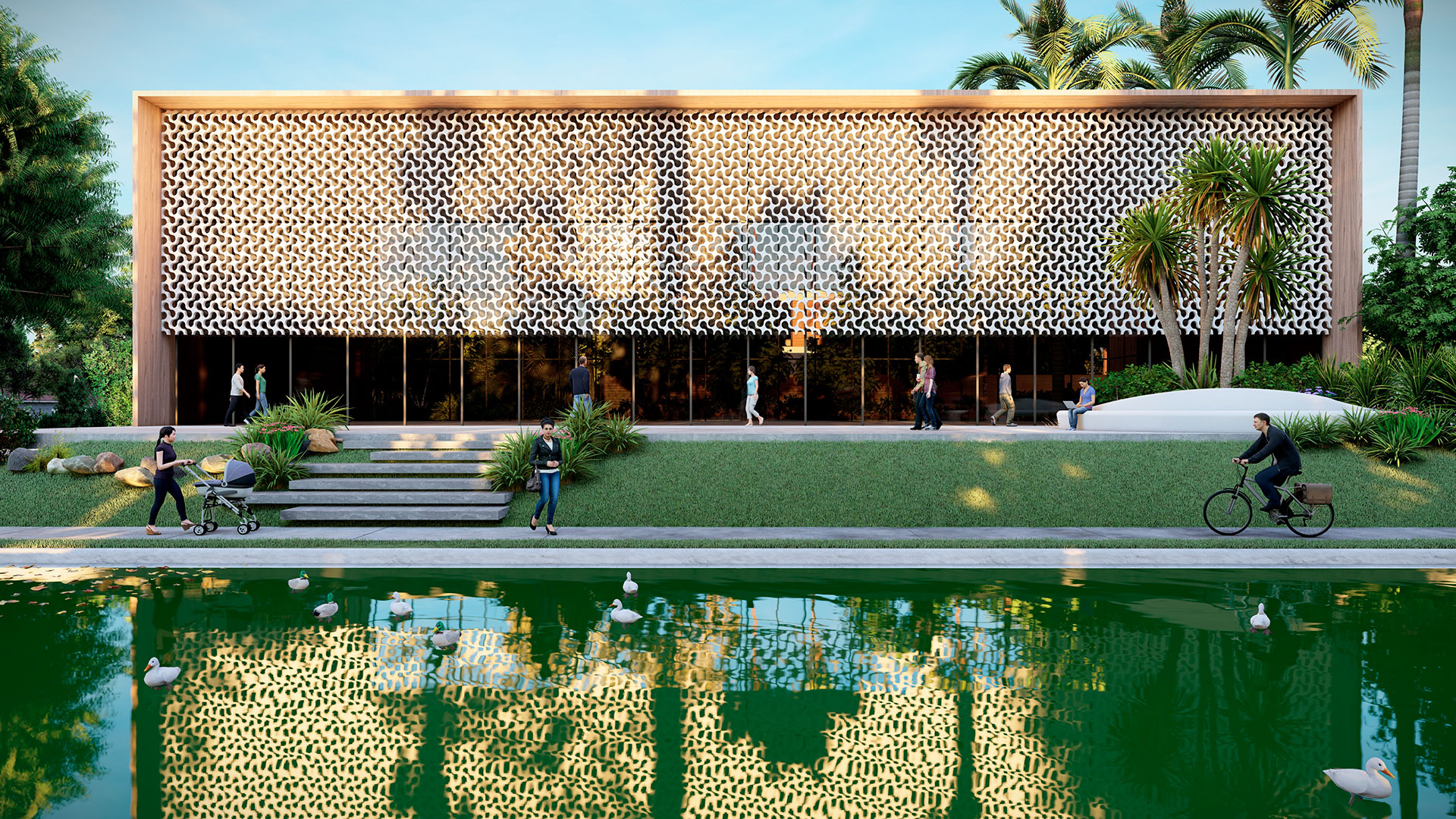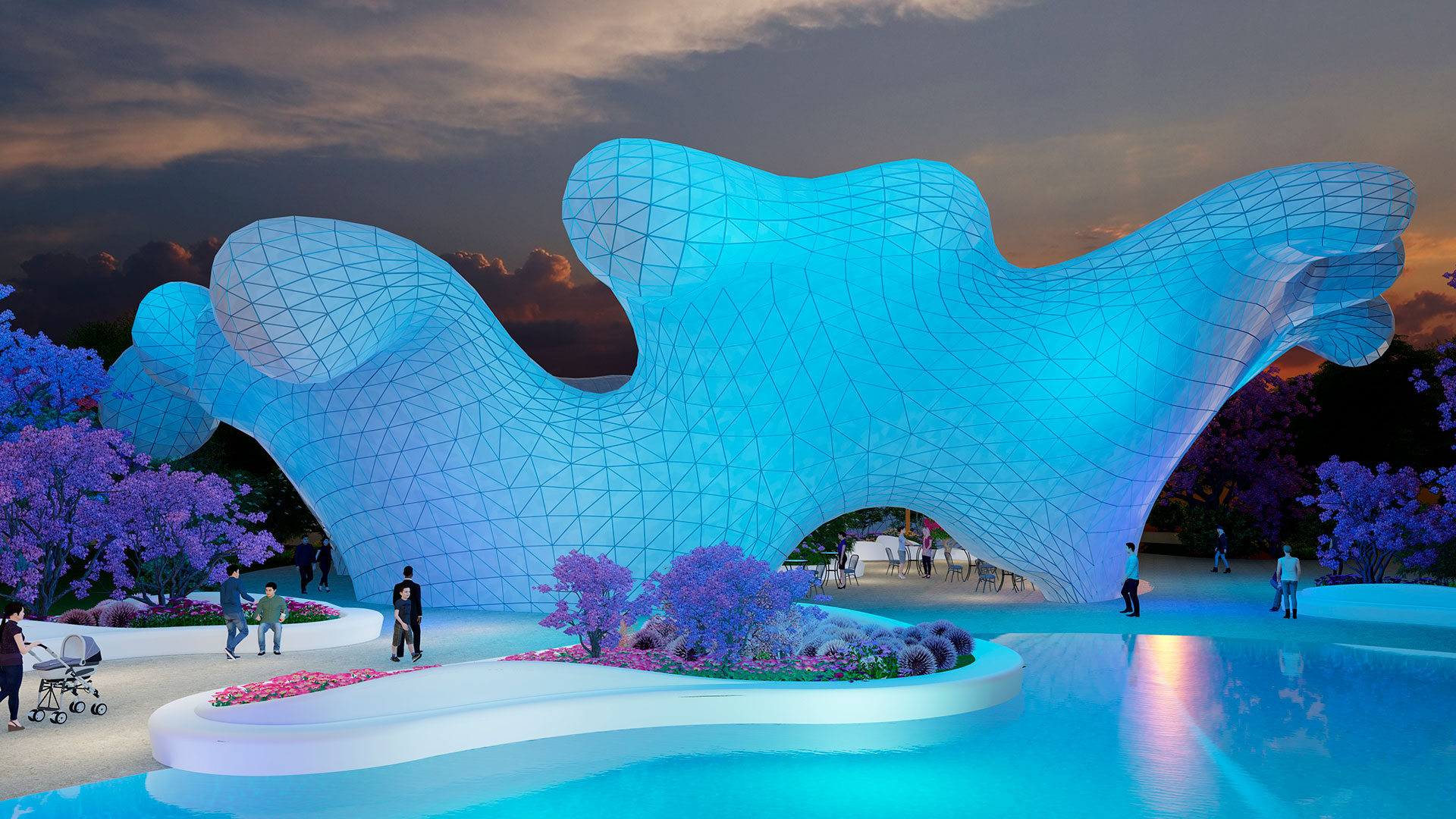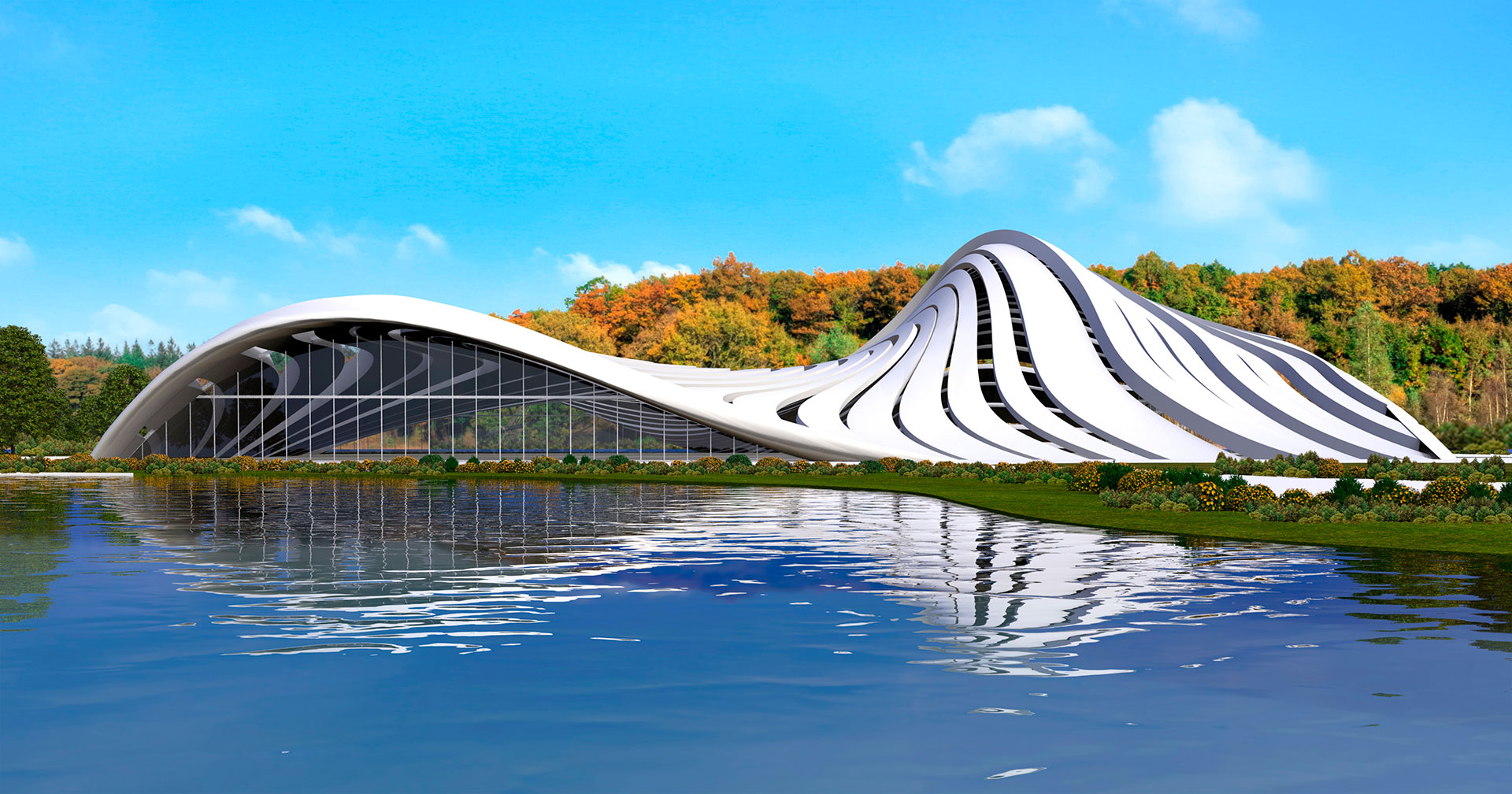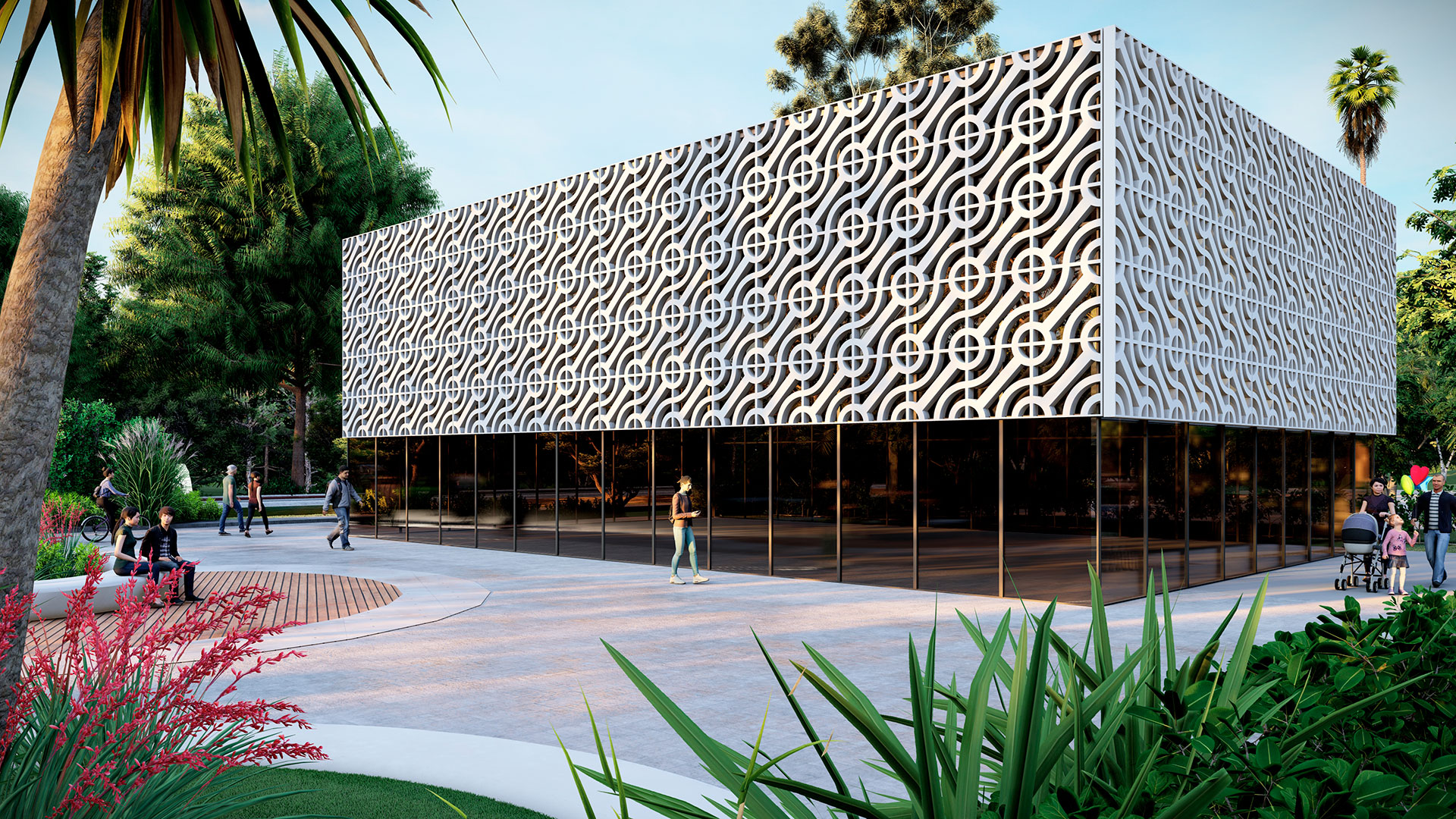Mollusc shells are the result of millions of years of evolution, contained and expressed in the DNA of each individual in this phylum. With them, these living beings adapt to the environment in order to survive. The same is true of burrows, beehives, nests, anthills, and so on, a product of animal instinct and an evolutionary response to environmental conditions. However, the architecture, or the process by which we humans design and build (amongst other things) our “burrows”, our “hives” or our “nests”, is intrinsically different from the mere exercise of the instinct for survival.
Indeed, instinct, a mechanical and invariable process (apart from fortuitous mutations) is insufficient for mankind, even unsuitable for some of its tasks. One of the main reasons for this is that instinct excludes creativity. The second reason is that it excludes culture. Architecture, on the other hand, is a direct reflection of culture, understood, according to the dictionary, as “the totality of ways of life and customs, knowledge and degree of artistic, scientific, industrial development in an age, social group, etc.”.
So, although many of the products of architecture have the same function and the same objective as other products of instinct (such as survival and also, why not, comfort), their exercise is determined by historical issues, including the evolution of taste, the determining factor of tradition and geography, or the technological development of each period. And yet creativity is an inescapable factor in the evolution and variability of architecture. Indeed, this is how this discipline sometimes escapes the determinations of its function and purpose, and the chain of historical and environmental factors.
Finally, there is another element that goes beyond instinct, directly related to creativity and therefore to architecture: aesthetic judgement. As much as we often find nature beautiful, just as a baby does its mother’s breast, the productions of instinct are in no way associated with what humans judge as beautiful. They are not beautiful or the opposite, they just are, they are just so, and they are that way to the extent that they represent an evolutionary advantage for living beings. If there were no predators or evaporation, mollusc shells would probably not exist. So, aesthetic judgement is inseparable from human creativity, it applies to its productions and, therefore, to architecture. And of course, aesthetic judgement also evolves according to historical epochs.
Inspired by: ArchDaily.
Images: Amusement Logic projects.









